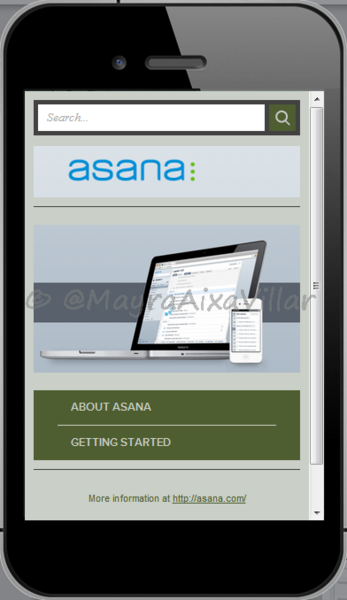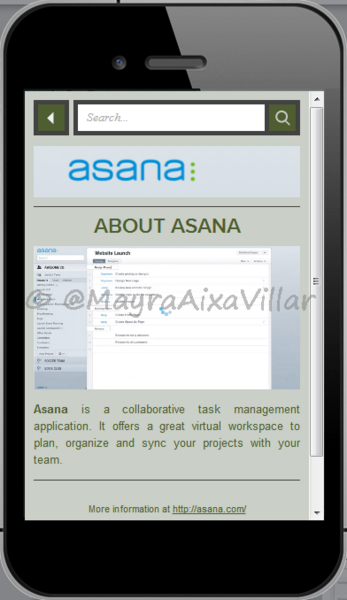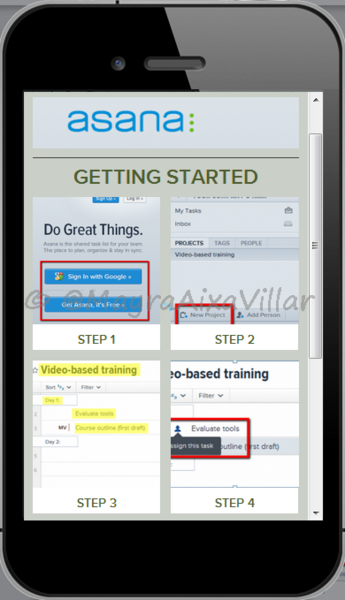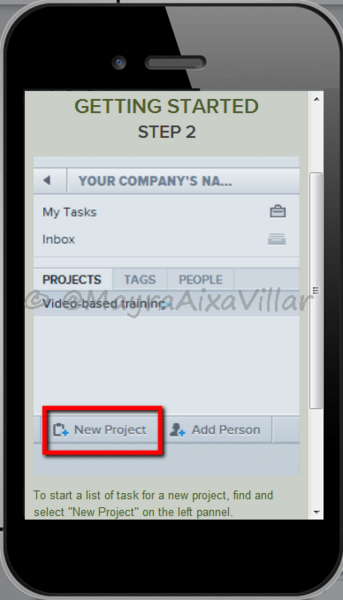ATD Blog
Fundamental Considerations for Designing M-Learning Solutions (Part 2)
Tue Aug 28 2012
After analyzing the suitability and feasibility of implementing a mobile learning solution to address specific needs in your organization, as well as considering some pedagogical and design issues, it is time to decide how to successfully set up the project. At this stage, you will have to
evaluate different authoring tools in order to decide which is the most effective one to achieve your goals
understand the pros and cons of different delivery methods
deal with security, updating, and tracking issues.
Authoring Tools
My advice: explore, try, and explore again. The fact is that every learning need and knowledge gap will need a unique, highly customized solution. You may decide that the best approach is to build a native app or you may want to embrace HTML5 technologies to deliver content through the browsers on mobile devices (see delivery methods below). And, a great number of tools can be deployed to create m-learning: cloud-based and desktop tools, free and commercial software, do-it-yourself kits, and even mobile learning platforms. Judy Brown and Brian Dusablon have come up with very interesting lists of tools for developing and creating mobile learning content.
Lately, I have been exploring different tools to evaluate their features, output quality in terms of UI/UX and performance, among other aspects. During my research, I came across a very interesting online platform called Onbile, which enabled me to create a mobile website after considering the following hypothetical situation:
A small company has decided to speed up its workflow, foster collaboration, and improve their overall performance. For that purpose, they will adopt a new task management application (for this example, I have used Asana). They will also need to train the staff by means of a cost-effective, simple, and flexible solution. The training department has been tasked to design a quick reference guide that can be readily accessed through mobile devices and will include the basic steps to get started. Here´s the example: http://bit.ly/Nx3l0O


Figure 1. Mobile Website. Simple m-learning solution focused on a single task.


Figure 2. Mobile Website. Steps are presented in sequence first; then, instructions for each step are introduced.
It is clear that some tool vendors have made an effort to improve their products and help users to start creating content for mobile devices, but there is still a long way to go on this regard. To provide only the possibility of publishing content to HTML5 does not make it a complete mobile learning authoring tool—much more is needed. Maybe, we need new tools developed for the ground up, based on a mobile-first way of thinking.
Delivery Methods
As you can see from the previous functional example, I designed a simple website adapted and optimized for every mobile browser, programmed in HTML+CSS, in order to deliver learning content. In order to decide the best delivery methods for your content, you need to consider the following:
user experience
performance
development costs
updates and security issues (see last section)
development process duration.
It is true that native apps can offer a rich and high-performing user experience, and can take full advantage of device-specific functionalities. However, you will face a long development process and very expensive costs.
Now, in general terms, HTML5 apps can be developed once and run on all browsers. This approach reduces development costs and cycle and allows for new versions to be rapidly distributed. Although HTML5 still needs some improvements, it continues to evolve. And recent successful cases show this is the future.
A third option is to develop a hybrid app by using web technology and wrapping it in a platform-specific shell. This enables access to device capabilities that are not accessible through “pure” mobile web applications, so this option can offer the best of both worlds. Take for example how LinkedIn built a better and faster app thanks to a hybrid approach.
Security, Updating, and Tracking Issues
Again, you will need to evaluate different aspects in order to decide which option best adapts to your needs. HTML5 entails more security risks than native apps \[free whitepaper available for download\] because the application source code is freely available, the data at rest cannot be adequately encrypted, and there are URL security vulnerabilities to attend. However, developing mobile applications in HTML5 allows for more agile updating cycles, which makes HTML5 the ideal solution if you will be delivering information that needs to be constantly revised, changed, and republished.
With regards to tracking issues, a new technology specification you must consider is Tin Can API. This API overcomes interoperability, flexibility, and security problems posed by previous learning specifications. More importantly, the Tin Can API has been developed with mobile in mind. It offers the possibility of tracking learning activities offline and integrating real-world tasks with digital learning. It also enables a learner to start an activity on one platform, but then continue that same activity by using a different device, among other benefits.
Hopefully this series of four posts will help you understand mobile learning better and get started with m-learning solutions as you explore different possibilities to harness the potential of mobile devices for learning.
You've Reached ATD Member-only Content
Become an ATD member to continue
Already a member?Sign In
